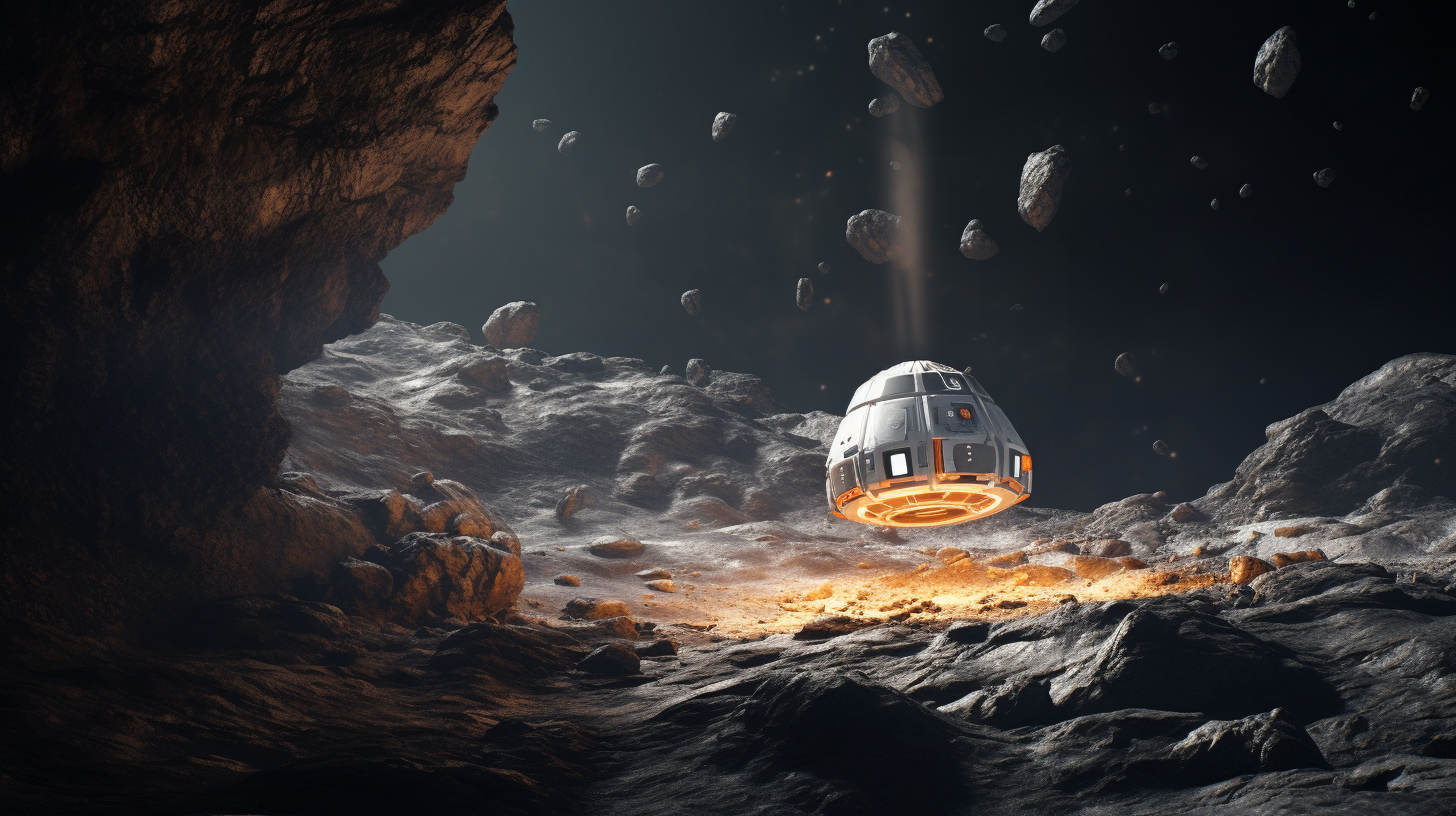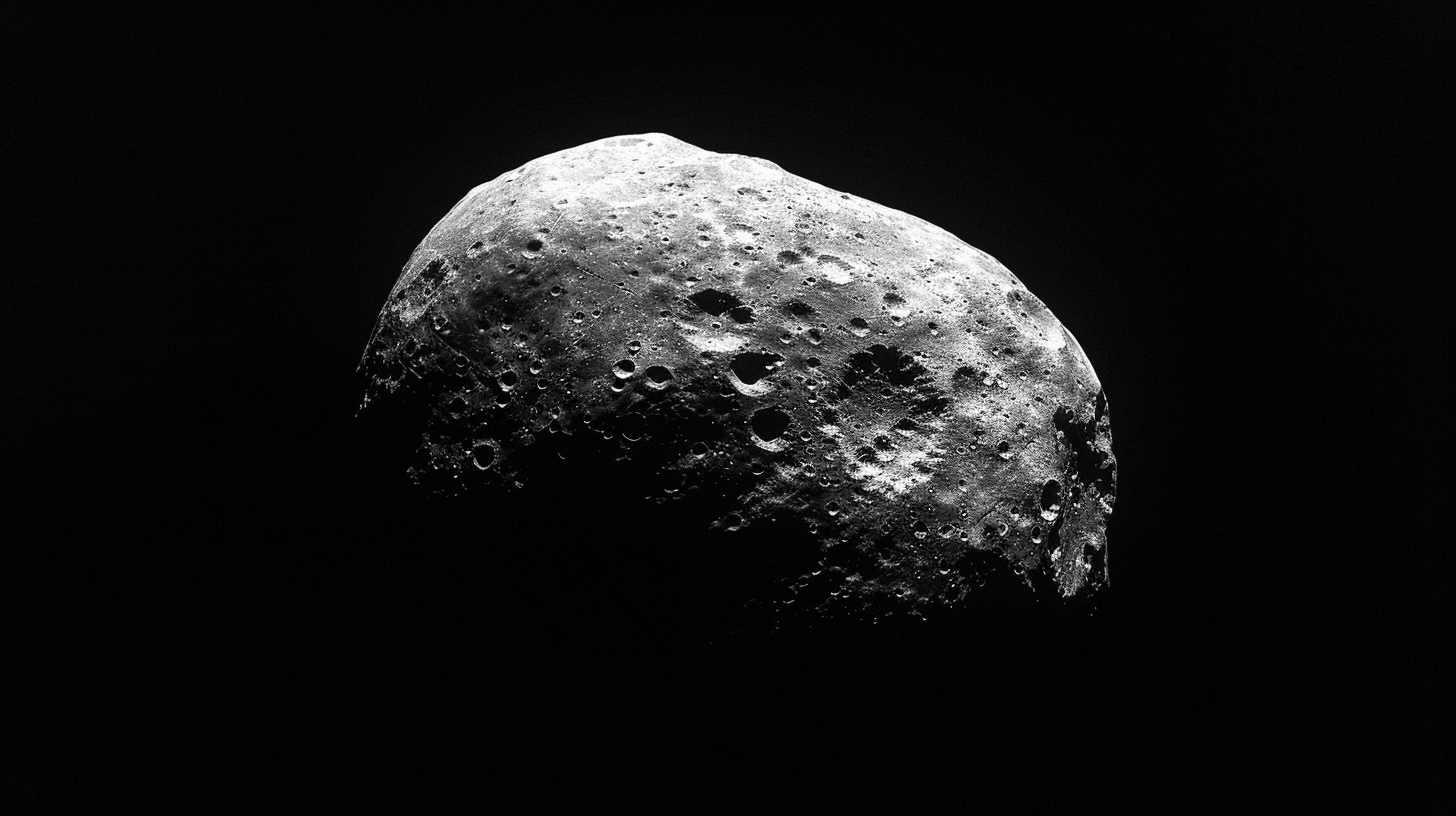NASA’s OSIRIS-REx Mission Asteroid Sample
NASA’s OSIRIS-REx mission just did something extraordinary. It successfully returned a capsule filled with asteroid Bennu’s rocks and dust to Earth.
This mission has far-reaching implications that could change how we understand our solar system and even our own planet.
It’s a blend of high-stakes science, engineering marvels, and a dash of cosmic curiosity.
Why Sample an Asteroid?
The mission aimed to deepen our understanding of planet formation, the origin of organics and water, and potentially hazardous asteroids.
According to NASA Administrator Bill Nelson, the mission will help us better understand asteroids like Bennu that could pose a threat to Earth.
How Was the Asteroid Sampled?
Launched on September 8, 2016, the spacecraft arrived at Bennu on December 3, 2018. The team spent between 2019 and 2020 searching for a safe sample-collection site.
The sample was finally collected on October 20, 2020, and the return journey began on May 10, 2021.
The Landing
The capsule made its grand entrance at the Department of Defense’s Utah Test and Training Range on September 24, 2023.
Within 90 minutes, helicopters transported it to a temporary clean room. The capsule was then connected to a continuous flow of nitrogen to keep the sample pure.

The Sample
The capsule brought back an estimated 8.8 ounces (250 grams) of asteroid material. This sample will be sent to NASA’s Johnson Space Center in Houston.
Scientists there will disassemble the canister, weigh the sample, and create an inventory of the rocks and dust. Over time, pieces of Bennu will be distributed to scientists worldwide for analysis.
Nitrogen’s Role
Nitrogen was used to ensure the sample’s purity. Known as a “nitrogen purge,” this process keeps out earthly contaminants, making the sample ideal for scientific analyses.
Teamwork
This mission was a massive effort involving hundreds of people who remotely directed the spacecraft’s journey. Dante Lauretta, the principal investigator for OSIRIS-REx, called the mission “a triumph of collaborative ingenuity.”
What’s Next?
The OSIRIS-REx spacecraft is now off to explore another asteroid, Apophis, which will have a close flyby in 2029. The mission is far from over; it’s just the beginning of another exciting chapter.
Conclusion
The OSIRIS-REx mission is a monumental achievement that not only advances our understanding of the universe but also has real-world applications, such as assessing the threat level of potentially hazardous asteroids.





